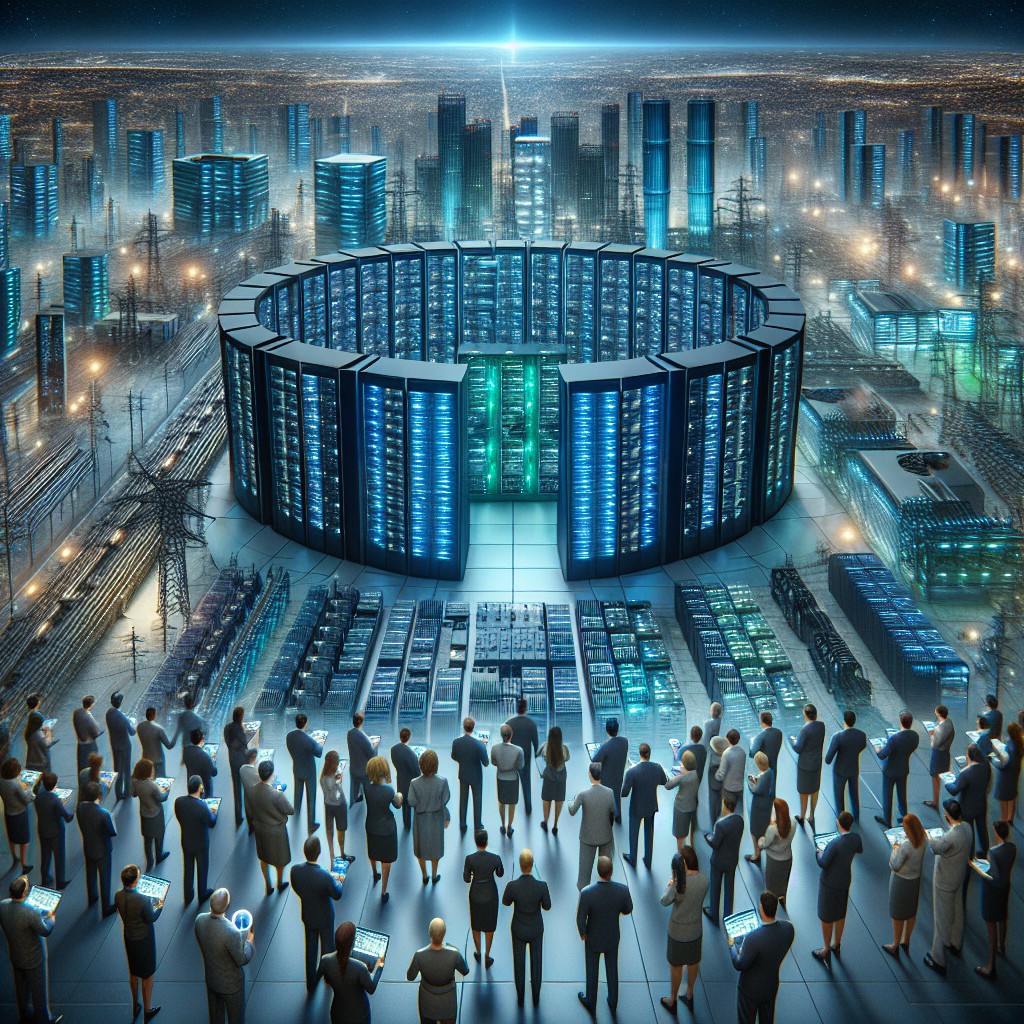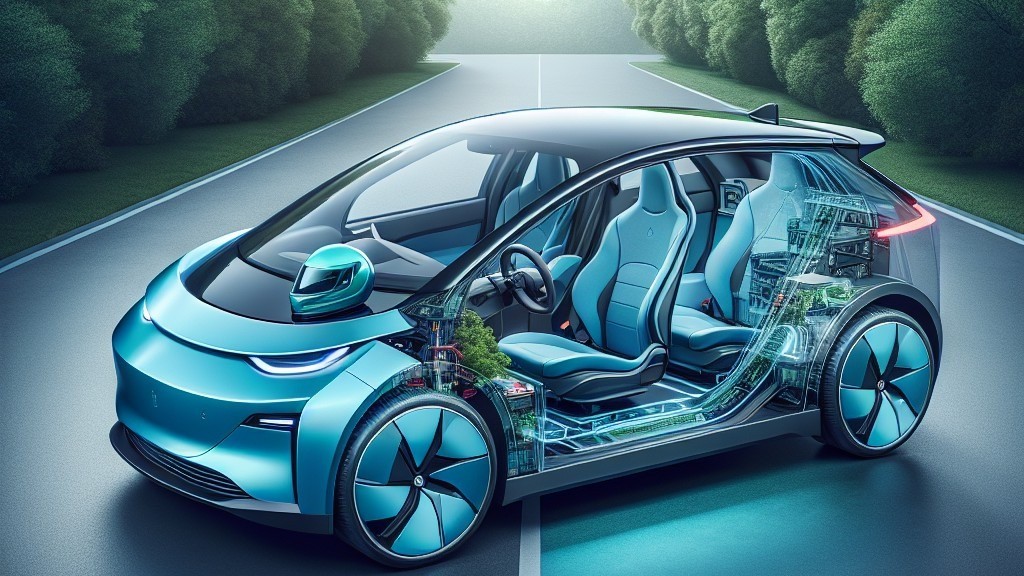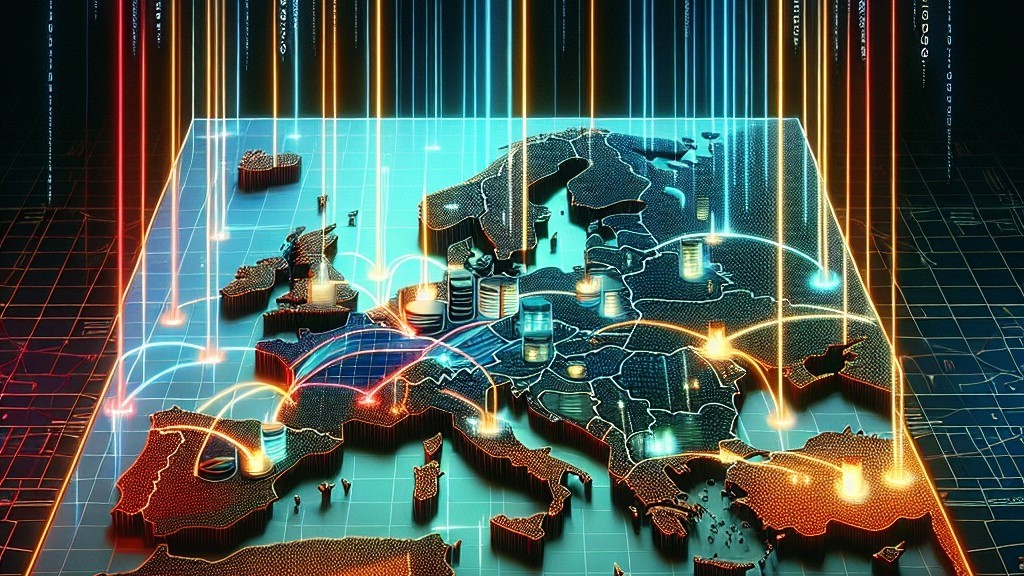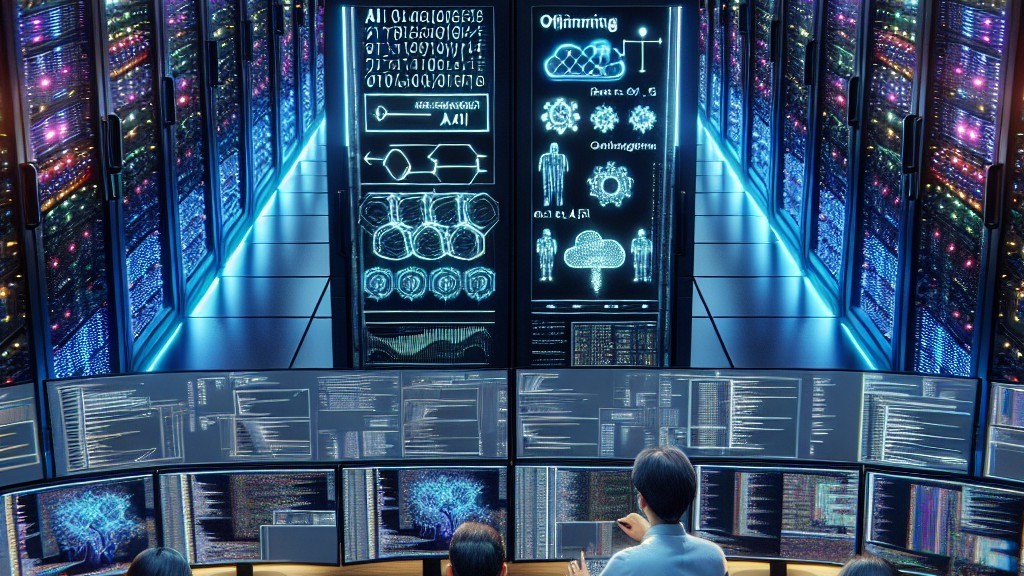Five years ago, few imagined that data centres — those humming, power-hungry fortresses of servers — would become one of the most coveted infrastructure assets on the planet.

But that’s exactly what has happened.
The balance of power has flipped. Once, hyperscalers like AWS, Google, and Microsoft dictated lease terms and pricing. Today, it’s the developers and operators holding the upper hand — because the real scarcity isn’t capital anymore. It’s power and land.
💡 The Golden Ticket
A leading infrastructure investor recently called power access “a golden ticket” — and it’s hard to disagree.
In the age of AI and hyperscale cloud growth, a secured grid connection is everything. You can raise billions and hire world-class engineers — but if you can’t plug into the grid, you can’t scale.
The numbers tell the story. In 2021, U.S. data centre rents averaged around $120 per kW per month. By 2024, that figure climbed over 50%, nearing $190 per kW. London saw similar jumps. This isn’t inflation — it’s scarcity economics.
Those who control powered land now hold the real bargaining power.
🧭 From Hyperscaler Leverage to Developer Control
For years, hyperscalers pushed for short 5- to 7-year contracts and flexible termination rights. They called the shots.
Not anymore.
Tight grid capacity and exploding AI demand have turned the tables. Tenants who once wanted short leases are now regretting it — there’s simply no capacity left, and renewals cost far more.
Today, 10-, 15-, and even 20-year contracts are the norm again. Banks and institutional lenders love it: predictable cash flows, long-dated contracts, and high-credit counterparties. Data centres are starting to look, feel, and finance like traditional infrastructure.
🏗️ From Colocation to Mega-Campuses
The model has evolved dramatically. What used to be multi-tenant colocation sites is becoming a network of massive, single-tenant campuses — hundreds of megawatts each — built around one hyperscaler.
That shift allows developers to recover rising capex costs tied to liquid cooling, AI training, and high-density workloads. Interestingly, many hyperscalers are now co-funding upgrades, treating them as tenant improvements, just like in commercial real estate.
It’s a more mature, symbiotic model — one that aligns incentives and strengthens partnerships.
🤝 Creative Structures and Shared Risk
Deal structures are also becoming more sophisticated.
When Meta financed its $26 billion data centre campus in Louisiana, the project reportedly included a “residual value guarantee.” In other words, if Meta exited early and the asset value dropped, investors would be compensated.
A few years ago, such clauses were rare. Now they’re becoming standard as both sides seek to balance long-term risk and reward.
Developers are also designing hybrid facilities — capable of switching between air and liquid cooling — and adopting flexible layouts that can evolve with technology. As Brookfield’s Sikander Rashid noted, “A chip’s useful life is about five years — your return on capital should match that.”
🏦 Core Capital Enters the Game
Not long ago, core and core-plus funds avoided data centres, seeing them as too technology-driven. That’s changing fast.
Brookfield, Arjun Infrastructure Partners, and Interogo recently invested in a €3.6 billion European data centre portfolio with 12-year average contracts and inflation-linked escalators — exactly the type of structure core infrastructure funds love.
One industry insider summed it up perfectly:
“If you’ve got powered land near population centres, your barrier to entry is the grid connection itself.”
In other words: the moat isn’t a brand or a logo — it’s megawatts.
⚙️ The Moat Built on Megawatts
Every road in this story leads back to power.
If forecasts hold true, most major data centre hubs will hit grid constraints within a decade. That physical bottleneck — not capital — will define value.
It’s why long-term leases are back. It’s why banks are lending more confidently. And it’s why investors view data centres as durable, inflation-protected infrastructure.
Operators like DigitalBridge are also moving to triple-net leases, where tenants manage their own power and cooling systems. That shift drives efficiency and attracts even more institutional capital.
🌍 The Future: Flexible, Long-Term, and Infra-Grade
So, are data centres infrastructure? The debate is over.
They’ve earned their place alongside utilities, ports, and energy assets — long-term contracts, critical grid dependence, and predictable returns.
But beyond the financials lies a bigger truth: the digital economy runs on electrons and geography. Whoever controls the megawatts controls the growth.
AI will only intensify this. The next generation of winners will be those who think like infrastructure investors but move like tech builders — fast, flexible, and focused on power resilience.
The moat is no longer theoretical. It’s physical. It’s grid-connected. And it’s here to stay.
✍️ The digital economy’s backbone isn’t code — it’s concrete, copper, and current. The investors who understand that first will shape the next decade of infrastructure.
Subscribe & Share now if you are building, operating, and investing in the digital infrastructure of tomorrow.
#DataCentres #InfrastructureInvesting #AIInfrastructure #DigitalTransformation #Sustainability #EnergyTransition #RealAssets #PrivateEquity #InfraFunds #Hyperscale #CloudComputing #PowerMarkets #GridCapacity #DataEconomy #LongTermCapital
https://www.linkedin.com/pulse/data-centres-from-tenants-titans-andris-gailitis-qjobf







